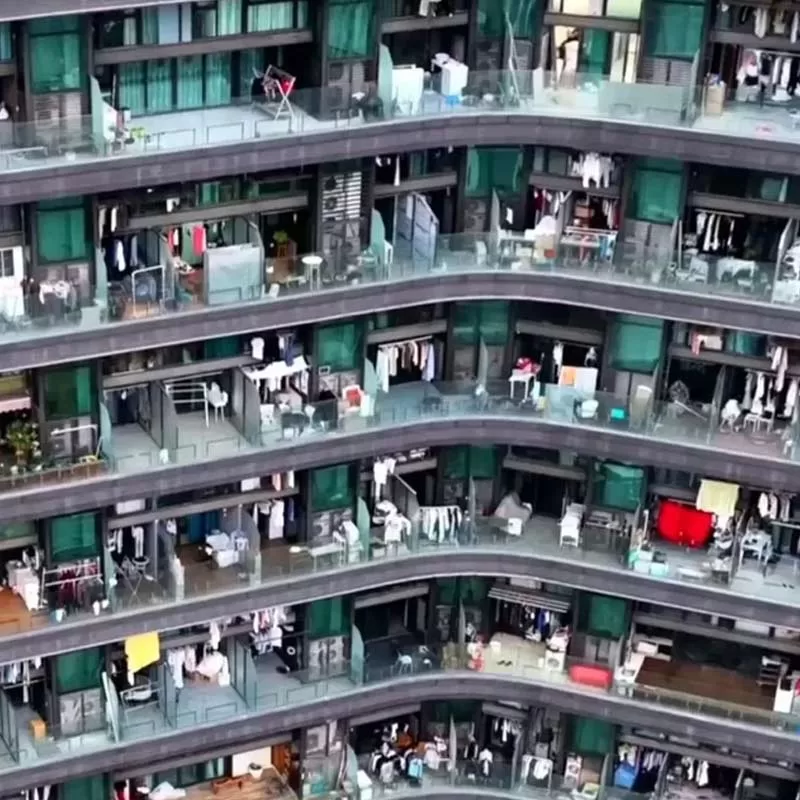In Hangzhou, China, the Regent International apartment complex has captured global attention for its extraordinary scale and city-within-a-city design. Rising 675 feet and shaped like a sweeping “S,” the complex was designed by Alicia Loo — the architect behind Singapore’s iconic Marina Bay Sands Hotel. With the ability to house up to 30,000 residents, it is often described as one of the most densely populated residential buildings in the world.
Currently home to around 20,000 people, Regent International contains almost everything its residents need within its walls: shops, gyms, food courts, salons, convenience stores, and even small offices. Its layout reflects a growing trend in Chinese mega-developments — hyper-dense living paired with built-in amenities to reduce the need for daily commuting.
But the building has also sparked intense debate. Supporters praise its efficiency, sustainability, and innovative mixed-use design. Critics, however, argue that such extreme density raises concerns about privacy, social isolation, and limited access to outdoor space. While some apartments do include balconies, others do not, adding to the conversation about how much personal space urban residents should expect as cities grow denser.
Regent International has become a symbol of both possibility and tension in modern urban planning — a bold vision of vertical living that showcases the benefits and challenges of packing so many lives into a single architectural giant.







